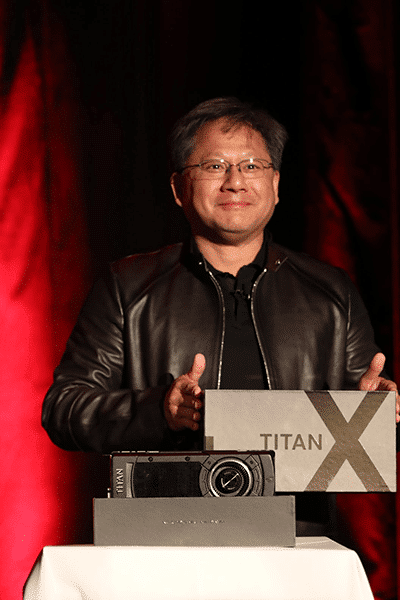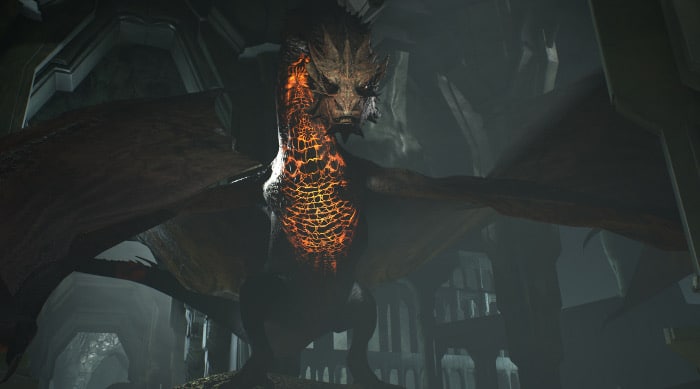New Reality: NVIDIA TITAN X Drives VR Demos Across GDC Show Floor
OREANDA-NEWS. Every show needs a star. And the Game Developers Conference’s star is virtual reality.
And just as every star has a “man behind the curtain” helping to make the magic happen, that supporting role here is being played by NVIDIA’s GeForce GTX processors.

The preparation for VR’s GDC coming out party started months ago when NVIDIA began working with partners on their next-gen VR demos. To create content that’s richer than the current state of the art in VR, they needed something faster than the world’s fastest GPU, the NVIDIA GTX 980.
They needed a TITAN.
But that raised a problem. Our new TITAN X graphics card wasn’t planned to launch until our big annual show, the GPU Technology Conference, which starts two weeks after GDC.
But after seeing what partners had in the works – with demos like Thief in the Shadows, which was simply not possible without the performance and massive frame buffer of TITAN X – it was clear that TITAN X couldn’t wait.
So began the mad scramble to accelerate the launch of TITAN X.
The efforts culminated in our CEO, Jen-Hsun Huang making a surprise appearance and hand-delivering the most powerful GPU on the planet to Epic Games CEO Tim Sweeney at his GDC keynote.

Along with TITAN X and a host of incredible GeForce-powered VR demos, NVIDIA also announced at GDC enhancements to its VR Direct software with new support for VR SLI and asynchronous time warp (ATW).
NVIDIA VR SLI gives game developers a new level of performance for next-gen VR content by harnessing the power of two GPUs. VR SLI enables developers to assign a specific GPU to each eye to scale performance and reduce latency. When combined with TITAN X, VR SLI unlocks an incredible level of graphics performance.

Another new component of NVIDIA VR technology is support for asynchronous time warp (ATW), an innovative technique for reducing perceived latency by adjusting a rendered image based on head-tracking input. NVIDIA drivers provide application programming interfaces for GPU scheduling controls, which enable efficient implementation of ATW for a reduction in the latency user’s perceive.
An alpha developer driver with VR SLI and ATW support is now in the hands of the partners that made headlines with stunning VR demos at GDC.




Комментарии